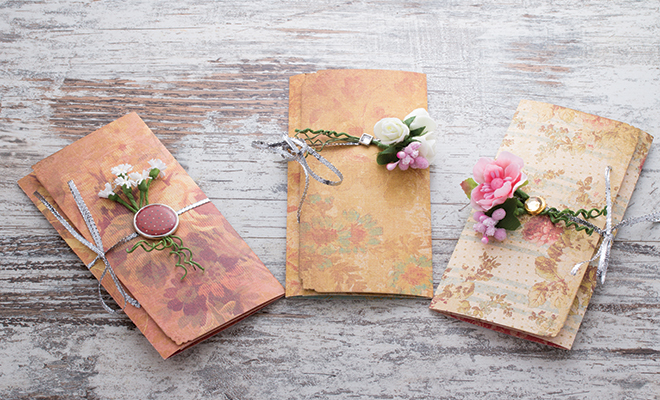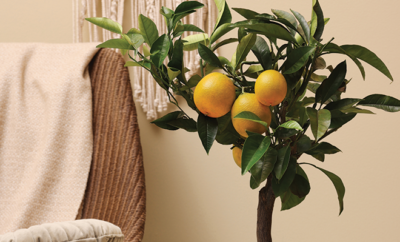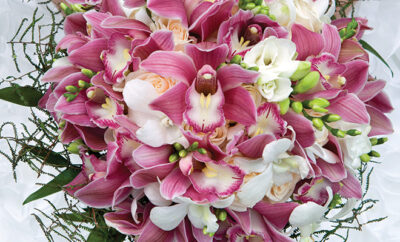
Paper, Please: Luxury for Special Occasions
Earth, wind, water, fire and…paper? Like the classical elements, paper is ubiquitous–so much so that it could be considered one of the fundamental building blocks of life. In the United States alone, one person uses about 700 pounds of paper products each year. We use it to make purchases, cover and protect important objects, jot down our grocery lists or the next great sonnet, wipe away life’s messes and so much more. In fact, paper’s omnipresence almost makes it difficult to think of in terms of luxury–we give paper for a first anniversary, but gold on the 50th–but there are important times that call for paper products that are a cut above the rest.
Special occasions such as weddings or important professional items such as business cards and stationery call for a splurge, but it’s easy to get lost in the terminology and types and miss the mark on what you’re really looking for. Understanding the basics will help you home in on the perfect print.
Paper Types
Paper types vary depending on their intended use. First, paper comes either coated or uncoated. Coated paper usually has a surface sealant containing clay or other similar materials that make it more difficult for ink to absorb into the surface of the paper, resulting in a sharper print and ideal for photos and images with fine detailing. The finish of the coating can be gloss, dull or matte; matte is the most expensive of the three because it contains the most bulk and is the most opaque. Uncoated paper, on the other hand, allows ink to absorb and dry easily onto its surface and is typically used for written or typed projects. Paper also varies in its weight, or thickness, which is measured in pounds or points; the higher the number, the thicker the paper.
According to the Technical Association of the Paper and Pulp Industry, almost all of the paper used today is made from wood fibers, but some stationery, money and other specialty papers can be made from linen, cotton and other plants, and sometimes synthetic papers are made from latex and other materials. Cotton and linen papers are more durable than paper made from wood, so they will withstand repeated handling better than their counterparts. They are also less likely to experience discoloration, making them a perfect option for something you’re planning on saving for a long time.
After you’ve chosen the type of paper that best fits your project, the next step is to explore ways to print your message while conveying your personality. Visit with an expert at a design and print studio instead of just settling for a flat, dull print; they have equipment that can make your words seem to jump off the page.
Relief Printing
Relief printing is a trendy way to add more texture to wedding invitations, business cards and more. “Letterpress is the oldest method of printing with equipment and images printed by the ‘relief’ type printing plates, where the images or printing areas are raised above the non-printing areas,” according to the Printers’ National Environmental Assistance Center. Traditional methods used hand-set wood or metal types and engravings, but with today’s plastic type technology, most studios can create the artwork from digital files. Special letterpress ink is then applied to the types and intense pressure is applied to the paper, adding both texture and color.
Similar to letterpress, embossing is a type of printing that can create either a raised or indented (debossed) print. It is possible to add ink to embossed or debossed prints; however, it does not create the same rich, saturated result as with letterpress. Foil stamping also uses a similar technique and results in the metallic foil raised prints.
Die Cutting
Die cutting uses a process similar to letterpress in order to cut paper (and other thin, flat materials) into a very specific shape. In other words, if you’re sick of rectangular pieces of paper, you’re in luck, because most printing companies have die-cutting capabilities and can cut your projects into many different shapes.
Hand Lettering
As its name suggests, hand lettering is done by hand, either with pens or brushes or computer programs such as Adobe Illustrator to allow artists to create their work directly on the computer. Instead of choosing a cookie-cutter font saved on the computer, the artist can design the look of each letter. Many printing and design companies have talented hand-lettering professionals, but it is possible to learn the art through practice and education.
Stationery, business cards, wedding invitations and other special-occasion paper products call for a finished product that’s unique; something bespoke and tailored to each occasion. Understanding a few key terms and points about the paper and printing industry will help you choose a product that’s luxurious and reflects your personality HLM
Sources: ohsobeautifulpaper.com, pneac.org, smashingmagazine.com, southworth.com, studioonfire.com, summitprintingpro.com and www.tappi.org.







